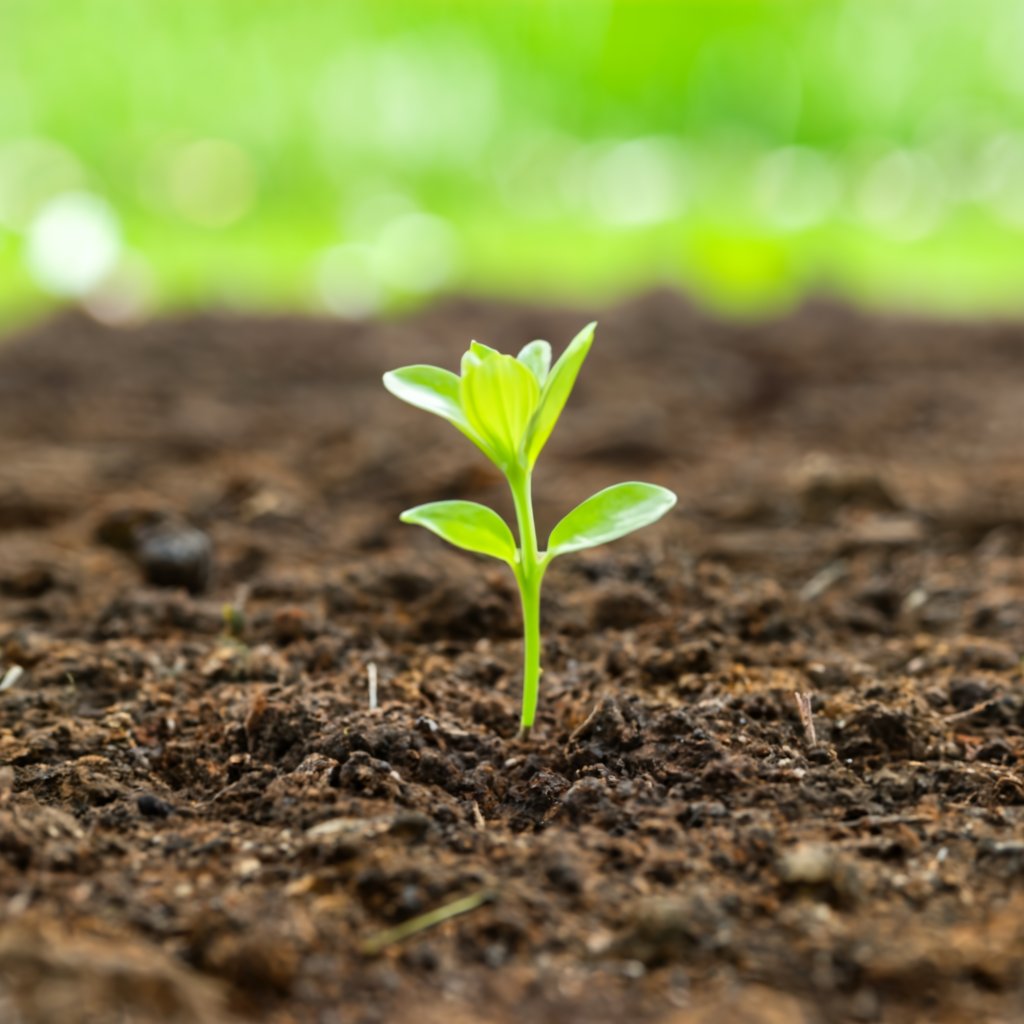
Are you ready to garden like a pro amid whatever seasonal shifts arise? With this detailed guide tailored for USDA Zone 6, you’ll master maximum productivity through every month of the year. We’ll unpack when to plant, sow seeds indoors and out, and care for crops to perfection. Zone 6 embraces regions from DC to St. Louis – so whether hills or heartland, follow these steps and reap rewards come what may!
This post may have affiliate links. This means that sometimes when you click a link on our site and make a purchase on Amazon, we may earn a small commission at no additional cost to you. We only recommend products we truly believe in, and your support helps keep us running!
Creating Your Zone 6 Planting Schedule
- Assessing Your Garden’s Microclimates: Identify different microclimates within your garden to determine areas with varying sun exposure and soil conditions. This will help you optimize plant placement and align it with the Zone 6 planting schedule.
- Researching Ideal Plant Varieties: Explore the wide array of plant varieties suitable for Zone 6 gardening. Consider factors such as frost tolerance, heat resistance, and days to maturity when selecting plants for your garden.
- Early Spring Planting: Start your gardening journey in early spring by planting cold-hardy crops such as kale, spinach, and lettuce. These resilient plants can withstand cooler temperatures and provide a delicious harvest.
- Mid to Late Spring Planting: As the weather warms up, it’s time to sow seeds for vegetables like tomatoes, peppers, cucumbers, and beans. Take advantage of the longer days and warmer conditions to encourage robust growth.
- Summer Planting: In the summer months, focus on warm-season crops such as corn, zucchini, eggplant, and melons. Ensure adequate watering and provide shade for more delicate plants to thrive in the hotter days.
- Fall Planting: Extend your growing season by planting cool-season crops like carrots, beets, radishes, and cabbage in the fall. These vegetables can withstand the cooling temperatures and provide a fresh harvest in autumn.
Seed Starting Techniques for Zone 6 Gardening
- Indoor Seed Starting: Kickstart your garden by starting seeds indoors. Use seed trays, sterile soil, and provide optimal lighting and temperature conditions to ensure successful germination. Transplant seedlings outdoors when the weather permits.
- Direct Seeding: Some plants, such as beans, peas, and root vegetables, prefer direct sowing. Prepare the soil, follow the recommended planting depth, and provide adequate moisture for successful germination.
- Hardening Off: Before permanently placing seedlings outdoors, acclimate them gradually to the outdoor conditions through a process known as hardening off. Expose seedlings to increasing amounts of sunlight and outdoor temperatures over the course of several days.
Tips for Success in Zone 6 Gardening
- Soil Preparation: Invest time in preparing your soil by incorporating organic matter, such as compost, to improve its fertility and drainage. Conduct a soil test to determine pH levels and address any nutrient deficiencies.
- Mulching: Apply a layer of organic mulch around your plants to conserve moisture, suppress weeds, and regulate soil temperature. Mulching also helps maintain a healthy soil structure and provides a neat appearance to your garden beds.
- Watering Techniques: Provide consistent and adequate water to your plants, especially during dry spells. Water deeply but avoid overwatering, as it can lead to root rot and other problems. Consider using drip irrigation or soaker hoses to deliver water directly to the plant roots.
- Pest and Disease Management: Be vigilant for common pests and diseases in Zone 6, such as aphids, slugs, and powdery mildew. Monitor your plants regularly, employ effective organic pest control methods when necessary, and practice good garden hygiene to minimize the risk of infestations.
In conclusion, the “Zone 6 Planting Schedule and Seed Starting” is an invaluable resource for any gardener in this region. By understanding the unique characteristics of Zone 6 and following the tailored planting schedule and seed starting guide, you can set yourself up for a successful and enjoyable gardening experience. From the thrill of seeing your seeds sprout to the satisfaction of harvesting your own produce, gardening in Zone 6 has never been easier. So, roll up your sleeves, get your hands in the soil, and let the beauty of Zone 6 gardening unfold before you!
